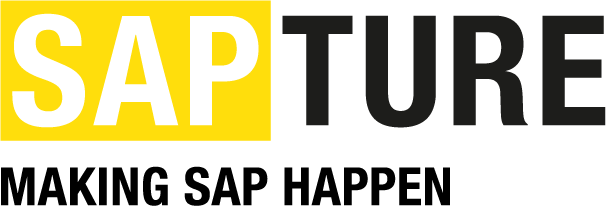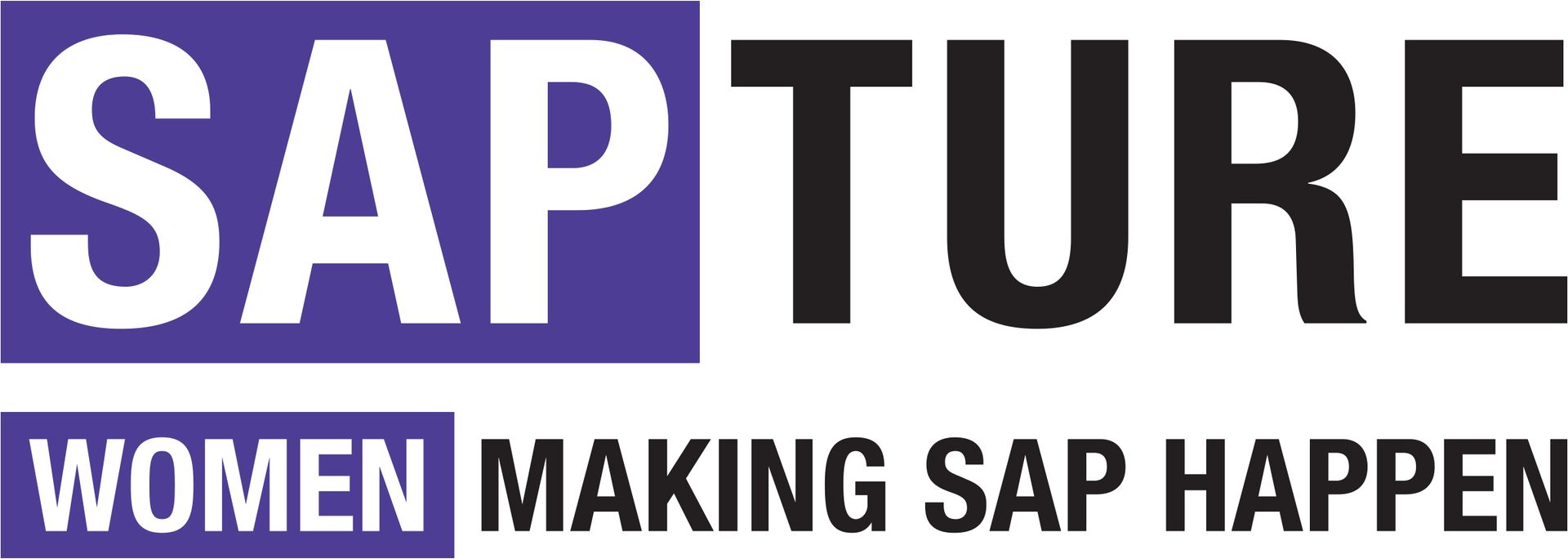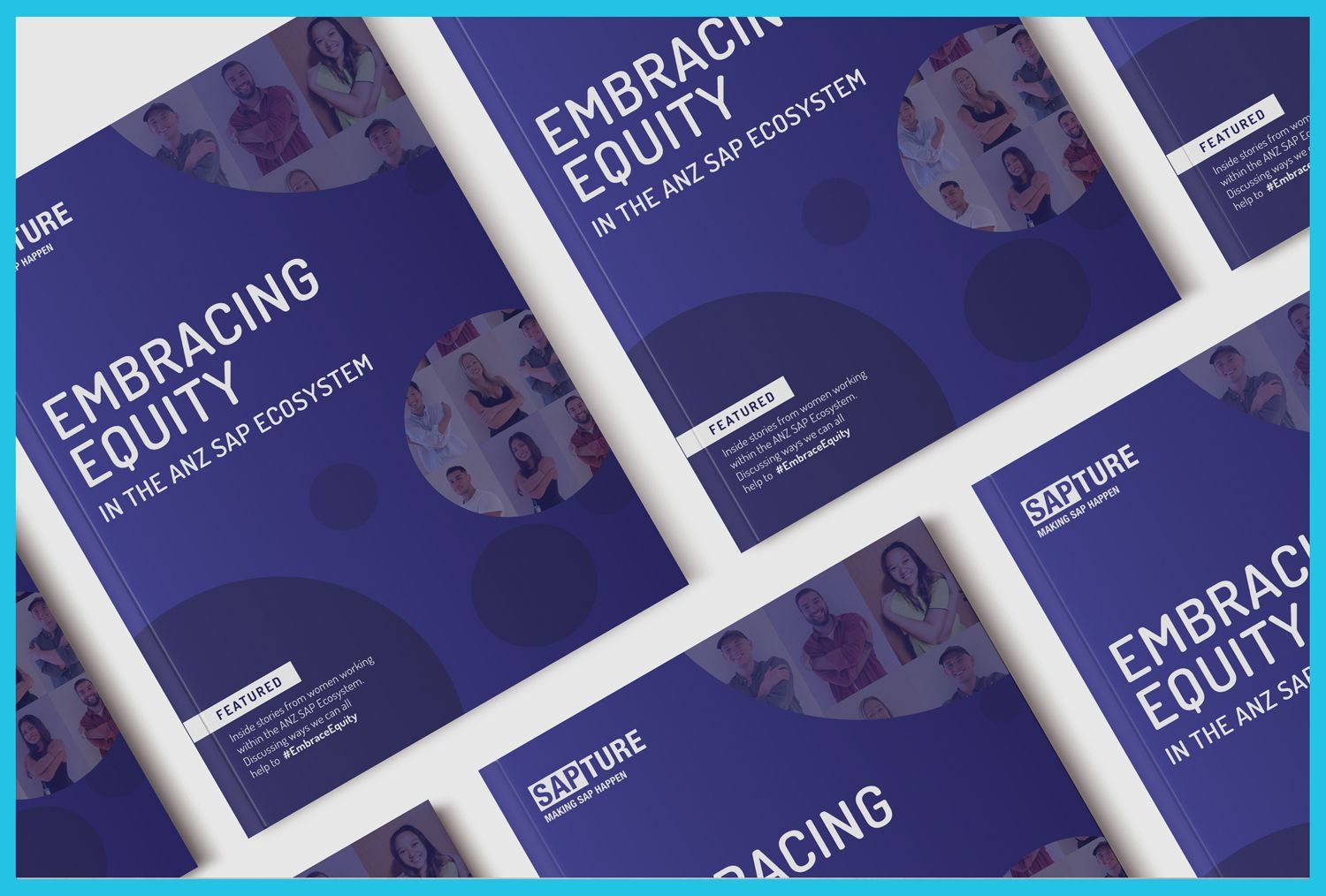S/4 was announced 8 years ago, which seems like an eternity in our fast-moving world of IT today. But despite what anyone will tell you, it has been very slow to take off within the SAP ERP customer base.
The sales pitch for S/4 is pretty impressive:
- Revolutionary in-memory HANA database
- Real-time everything, especially reporting
- Inclusion of the latest technology, with machine-learning type automation
- Ability to become an “Intelligent Enterprise”, with predictive analytics
- Platform for “Digital Transformation”
Come on, this does sound irresistible, what’s stopping you?
Well let’s just see what the global trends are with other SAP customers like you. To date SAP says that it has sold 10,900 licenses for S/4, but it is very coy about how many of these have actually implemented the software and gone fully live. The last live number actually published was only 3000. The obvious question is, why?
Actually, there are a number of reasons. Firstly, installed base customers were offered a good deal by SAP a few years ago to buy S/4 licenses. But those same customers usually have really great SAP ECC systems already in place doing a fine job of running their business today. Secondly, it’s a huge amount of work for business people to upgrade (“transition”) from ECC to S/4. Thirdly, you will (probably not) be amazed how many customers struggle to build a convincing business case to do the actual upgrade with their shiny S/4 licenses ( see https://www.computerweekly.com/news/252459872/Lack-of-viable-business-case-holds-back-S-4Hana-projects).
In some parts of the world, for example Germany, USA and India, SAP customers seem to have been faster to upgrade to S/4. Other countries, such as the UK, have the skepticism we have experienced here in ANZ, and are more pragmatic. SAP customers there expect to see additional proof of other large organizations that have successfully transitioned to S/4 before them. They need more convincing about a realistic business case.
But even in the UK things are changing. Most SAP customers there realise that change is inevitable and that S/4 itself is also inevitable if you intend to remain an SAP customer. The latest survey by the UK and Ireland SAP User Group (UKISUG) confirms this, with 70% of users stating that they are planning to implement S/4 in the next few years ( see https://www.sapusers.org/news/607/transitioning-to-sap-s4hana-what-do-you-need-to-know). In another useful data point S/4 was cited as the top priority for the next 2 years in a survey for CIO Digital Magazine ( see https://www.cio.com/article/3403377/sap-trends-to-watch-s-4hana-agile-cloud-and-testing-transformations.html)
So, it seems that for most SAP customers around the world, the question now is very much “when”, rather than “if”.
For most customers the when question means when we have an acceptable business case and when we can see exactly how to get there. But it also means when does your business seasonality suggest is the “least-worst” time of the year to upgrade?
There are many different approaches to tackling the business case issue. Some companies don’t bother with what they see as a “making up nice numbers” exercise. The most successful companies have both an IT Strategy and an ERP Strategy driven directly by their Business Strategy. An S/4 investment can be justified for them as a joint business/IT initiative in line with these key strategies.
Feedback from SAP customers around the world is that access to the right S/4 upgrade skills both internally and within the larger SAP ecosystem is holding many of them back. No surprise then that the SAP Australian User Group (SAUG) plans to tackle this vital employee issue within their Future of Work topic at their upcoming National Summit in Sydney, ( see https://www.saug.com.au/events/event/saug-national-summit-2019).
If you also would appreciate some help to modernize your SAP skills to upgrade to the now world, why not contact Sapture?
Dr Derek Prior spent 19 years as an analyst specializing in SAP at Gartner and AMR Research, advising organizations all around the world on SAP strategy and best practices





